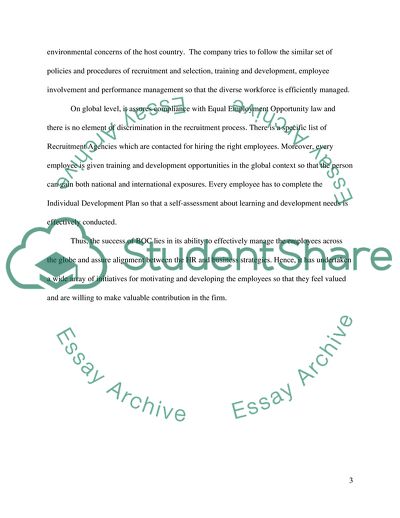Cite this document
(Evaluating an International Human Resource Strategy Essay - 1, n.d.)
Evaluating an International Human Resource Strategy Essay - 1. https://studentshare.org/human-resources/1813733-evaluating-an-international-human-resource-strategy
Evaluating an International Human Resource Strategy Essay - 1. https://studentshare.org/human-resources/1813733-evaluating-an-international-human-resource-strategy
(Evaluating an International Human Resource Strategy Essay - 1)
Evaluating an International Human Resource Strategy Essay - 1. https://studentshare.org/human-resources/1813733-evaluating-an-international-human-resource-strategy.
Evaluating an International Human Resource Strategy Essay - 1. https://studentshare.org/human-resources/1813733-evaluating-an-international-human-resource-strategy.
“Evaluating an International Human Resource Strategy Essay - 1”. https://studentshare.org/human-resources/1813733-evaluating-an-international-human-resource-strategy.


